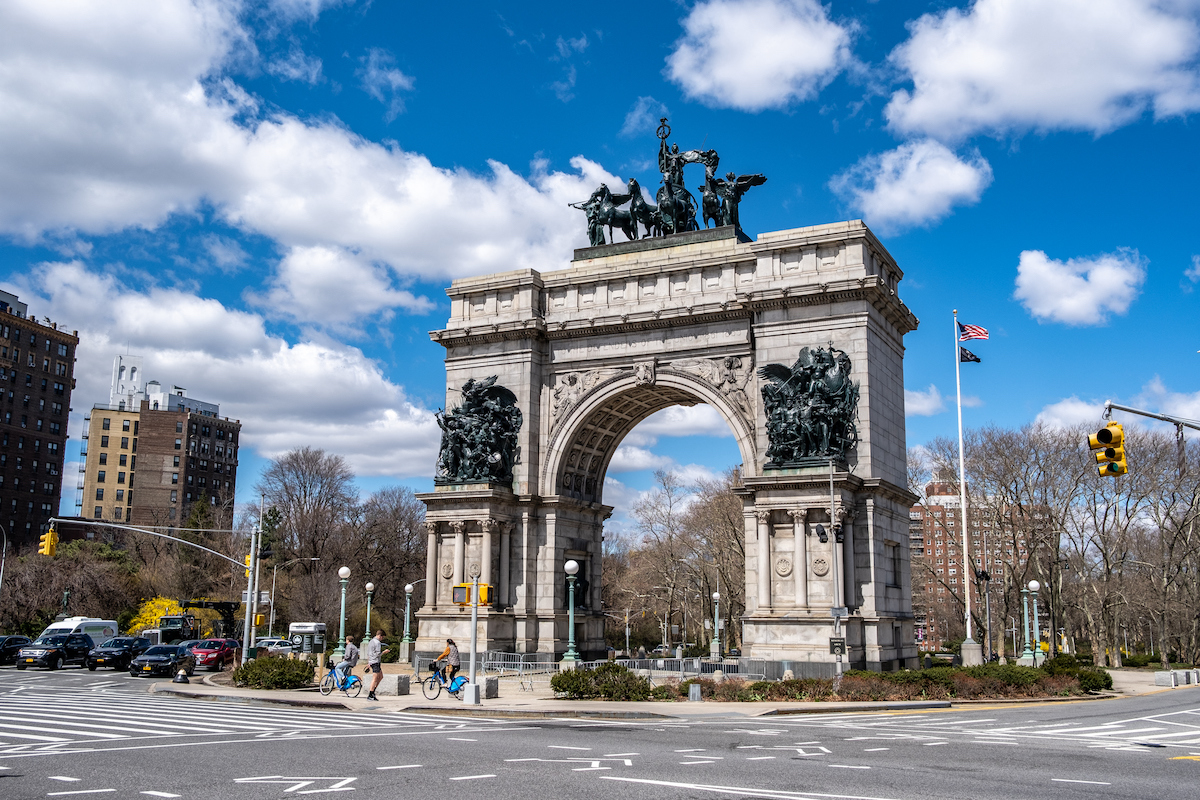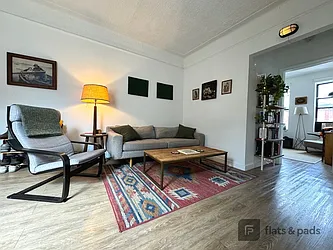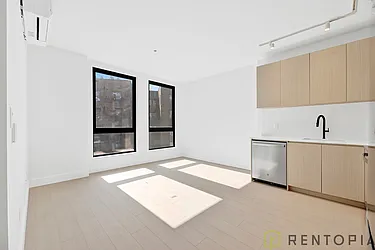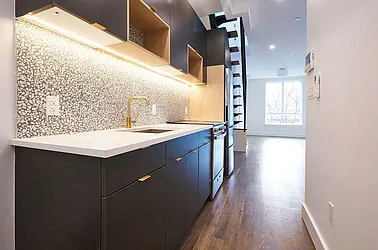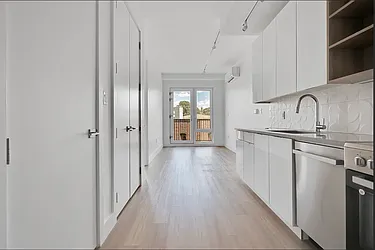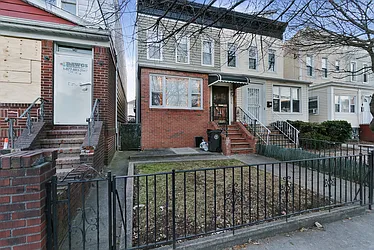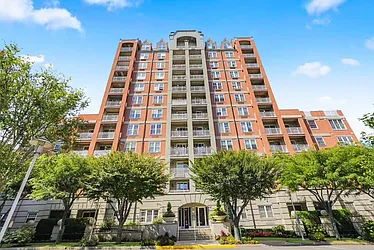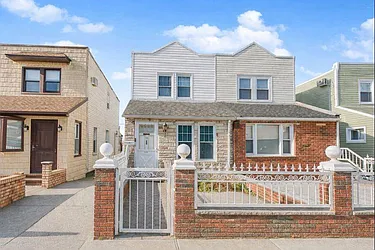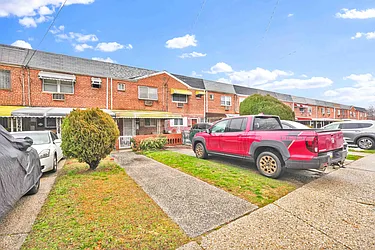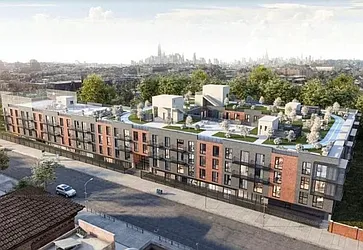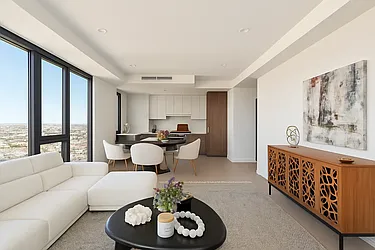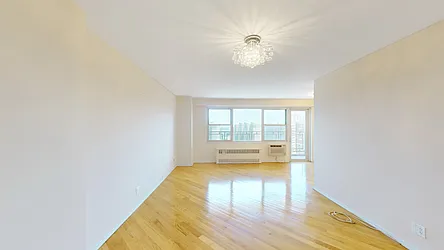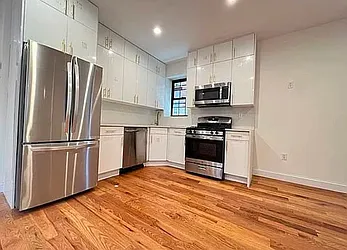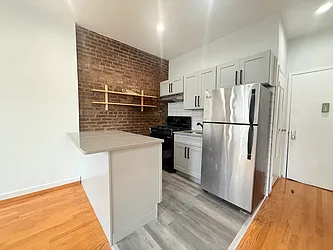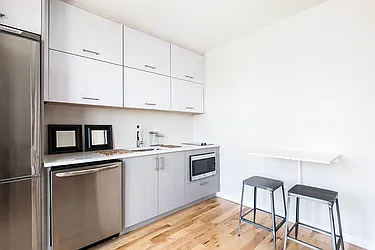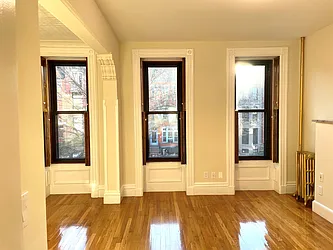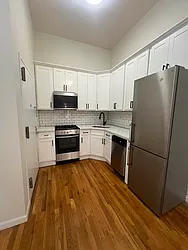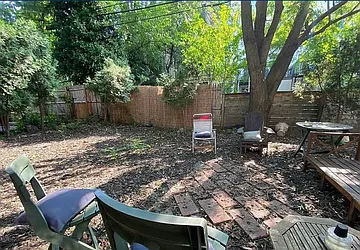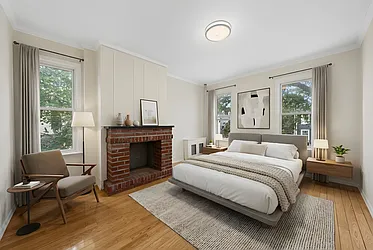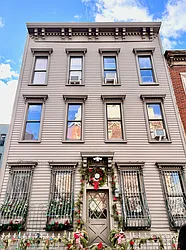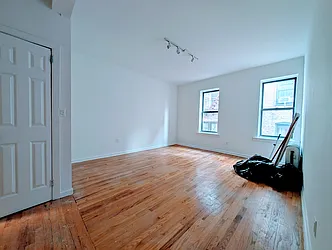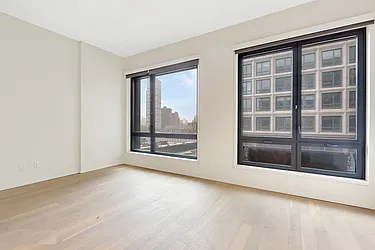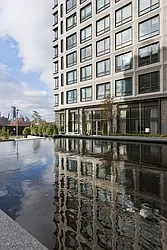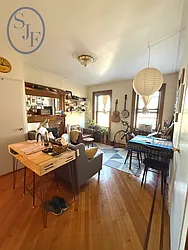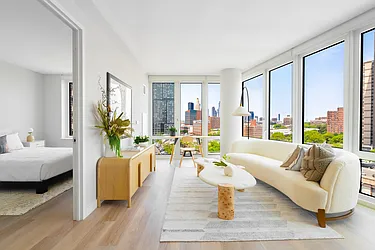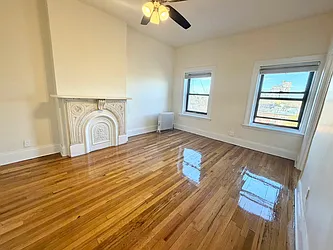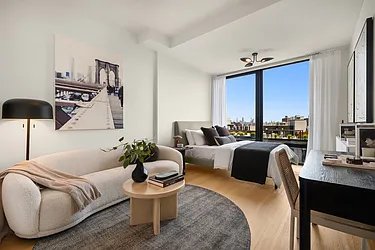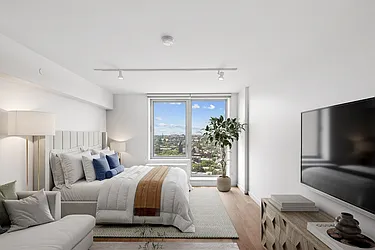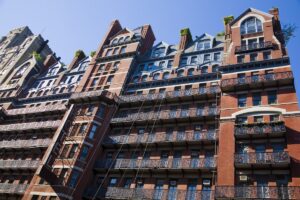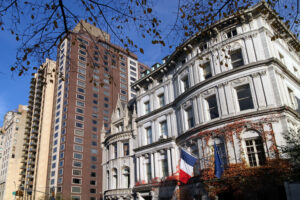At the northern edge of Prospect Park in Brooklyn, a 14-acre plaza anchors not just the park itself, but several of Brooklyn’s leading cultural institutions. Opened in the 1860s, Grand Army Plaza has been one of the borough’s most important gathering points for more than 150 years.
Table of Contents
Brooklyn Rentals Under $3K on StreetEasy Article continues below
What Is Grand Army Plaza?
The oval-shaped plaza serves two main functions. The first is to provide a suitably grand main entrance to Brooklyn’s Prospect Park, which it surely does. The second is more practical: to route traffic flowing in and out from several major thoroughfares.
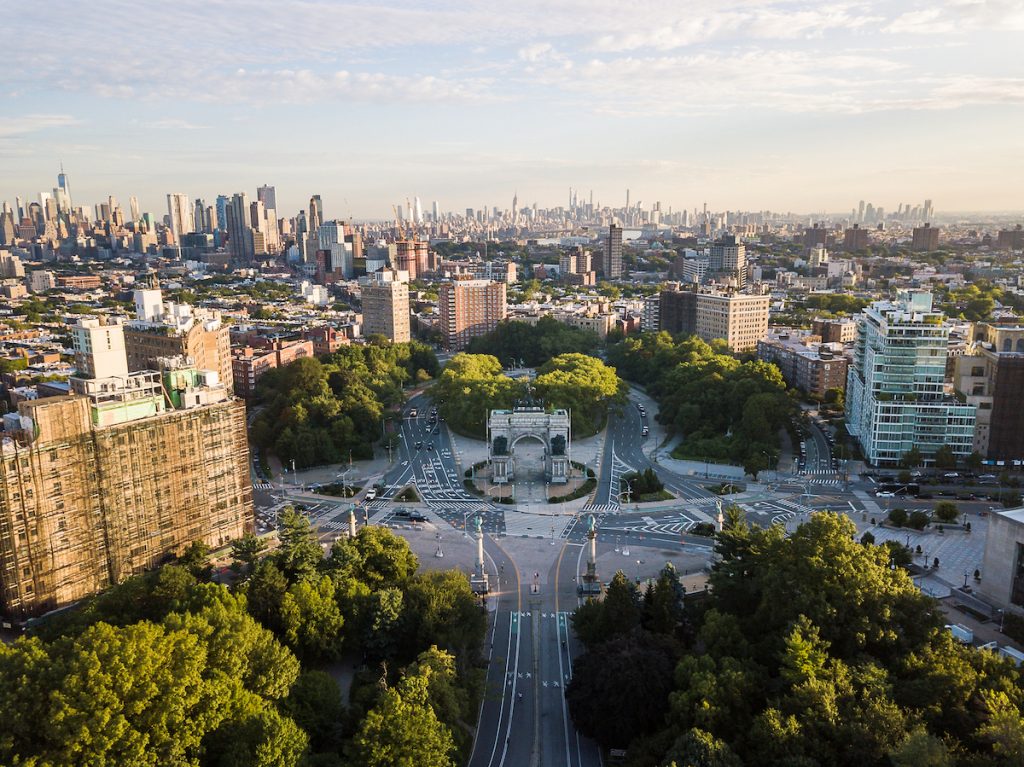
Eight streets converge on Grand Army Plaza’s two concentric ring roads. These roads serve as major arteries connecting adjacent neighborhoods with the rest of this sizable borough. The plaza features a majestic triumphal arch, a fountain, and several prominent statues.
The Plaza’s Glorious History
The origins of Grand Army Plaza date to 1865, when designer Calvert Vaux submitted revised plans for what would become Prospect Park. Prospect Park had been in the works since 1859, when the New York state legislature authorized Brooklyn to create more public land. It wanted a space comparable to Manhattan’s celebrated Central Park — which Vaux and partner Frederick Law Olmstead had already created in 1858 — for its own rapidly growing populace. They selected an area known as Prospect Hill.
The Original Design
Early designs called for Flatbush Avenue to cut through the entire length of the new wooded preserve. But the Civil War halted all construction. After the war, Vaux and Olmsted substantially altered the designs, scrapping the Flatbush Avenue bisection. They then added an elegant, oval-shaped plaza at the park’s northernmost corner. “Prospect Park Plaza” was one of the first sections of the park to be completed. (Along with Eastern Parkway, also designed by Vaux and Olmsted, and considered the world’s first parkway). The area was paved with granite blocks and lined with artificial berms designed to minimize traffic noise. Unfortunately, this early iteration was “devoid of all life and a stony waste,” according to the Brooklyn Parks Commission’s 1888 annual report.
Brooklyn Homes Under $1M on StreetEasy Article continues below
Additions and Expansions
So, in 1889, a series of alterations began. First came the Soldiers’ and Sailors’ Arch, a triumphal arch honoring members of the victorious Union Army, dedicated in 1892. Bronze embellishments were later added. These include bas reliefs of Abraham Lincoln and Ulysses S. Grant and the iconic horse and chariot statue at its top. That was followed by additional statues and new fountains.
Later alterations to the public space included the incorporation of subway stops in the late 1910s. The existing Bailey Fountain was added in 1932, and a bust of John F. Kennedy in 1965. As for the name, Prospect Park Plaza officially became Grand Army Plaza in 1926, commemorating the 60th anniversary of the Grand Army of the Republic veterans’ organization.
Why Does Grand Army Plaza’s Arch Look So Familiar?
Soldiers’ and Sailors’ Arch, rising 80 feet above the plaza, follows the quintessential design of a Roman-style triumphal arch. Notably, it was completed three years before the smaller, though more famous, arch in Greenwich Village’s Washington Square Park.
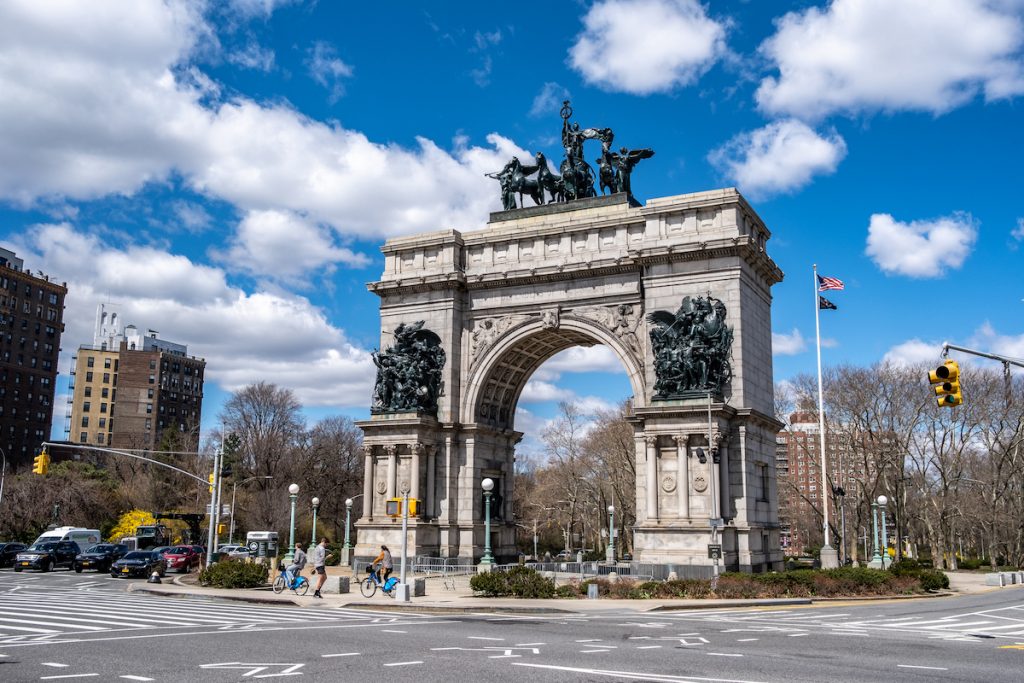
Its marble facades, towering stature, and location at the center of an elaborate traffic circle often spark comparisons to the Arc de Triomphe in Paris. That arch, however, is more than double the size, standing a staggering 164 feet tall.
Grand Army Plaza Today… and Tomorrow
Today, Grand Army Plaza is a regular meeting point for locals and visitors alike. Thanks to its central location, it is also a major location for political protests and rallies for social justice. In addition, it is home to Brooklyn’s flagship farmers’ market, Greenmarket at Grand Army Plaza, every Saturday (year-round). From 8 a.m. to 4 p.m., dozens of regional farmers and craft-food purveyors sell to thousands of hungry Brooklynites.
In November 2020, designs were finalized for an $8.9 million overhaul of the plaza. Plans include new lighting, native plantings on the outer berms, a decorative steel fence, and accessible pavers. The most exciting work is on the Soldiers’ and Sailors’ Arch, restoring its interior and replacing its roof. By the end of 2022, the arch will open to the public during special occasions.
Park Slope Rentals Under $3,500 on StreetEasy Article continues below
The Neighborhoods Surrounding Grand Army Plaza
Bordering Grand Army Plaza are two of Brooklyn’s most desirable neighborhoods. Park Slope lies to the south and west, and Prospect Heights, to the north and east. Tree-lined residential streets feature rows of ornate Belle Epoque brownstones and limestone townhouses. Commercial streets have convenient access to subways, a lively mix of restaurants, and plenty of shopping. There’s also a clutch of significant cultural institutions, including the Brooklyn Museum and flagship Brooklyn Public Library.
Prospect Heights Rentals Under $3,500 on StreetEasy Article continues below
Unsurprisingly, neither area lands on StreetEasy’s list of most affordable neighborhoods in Brooklyn. The median asking rent as of October 2021 is $3,175 in Park Slope and $3,050 in Prospect Heights. That’s much higher than the median rent in Brooklyn overall, $2,600. But it’s still less than Manhattan’s $3,300.
Potential homebuyers are looking at a median asking price of $1.4 million in Park Slope and $975,000 in Prospect Heights. That compares to a median of $948,000 for all of Brooklyn — and $1.5 million for Manhattan.
